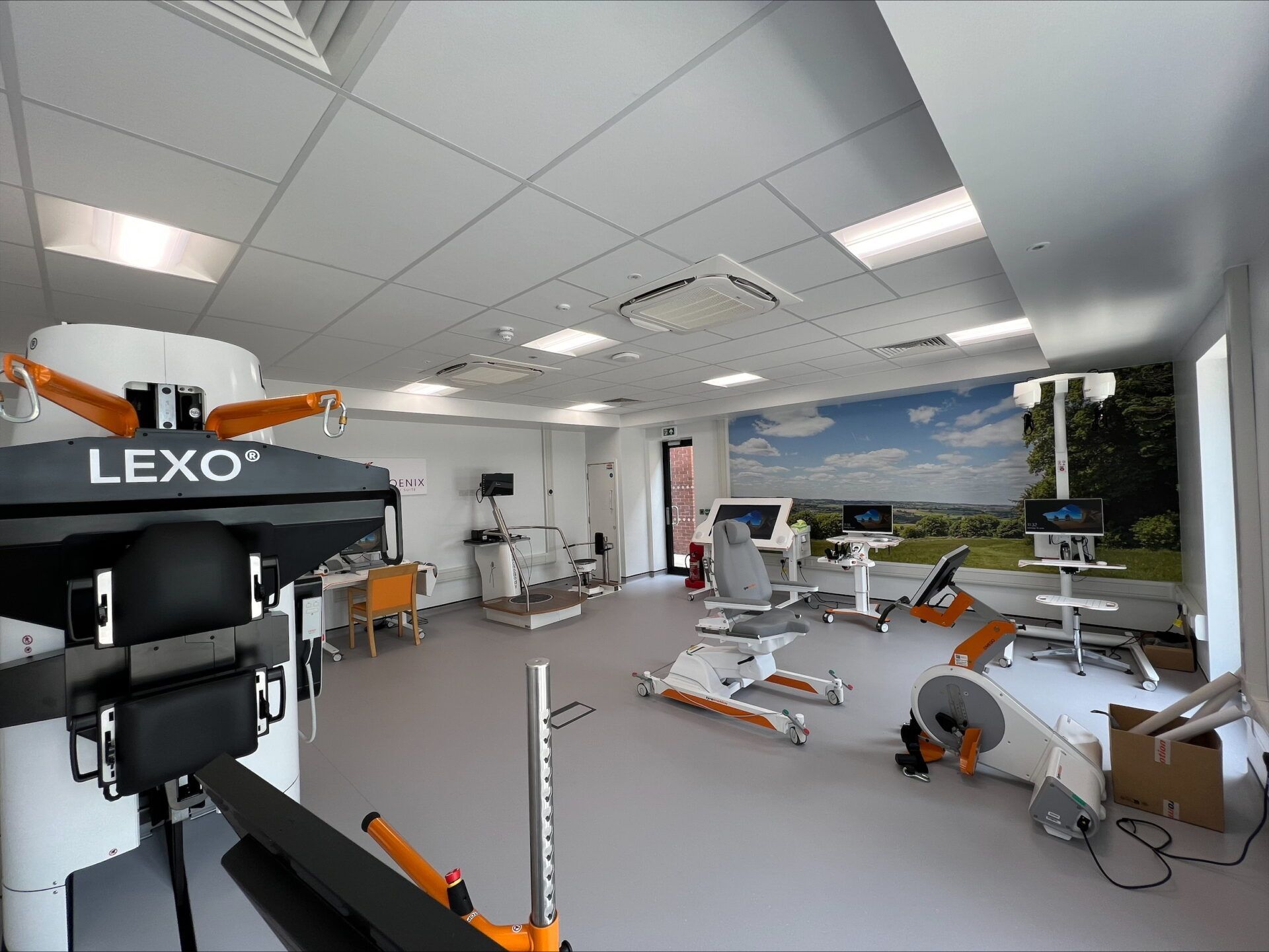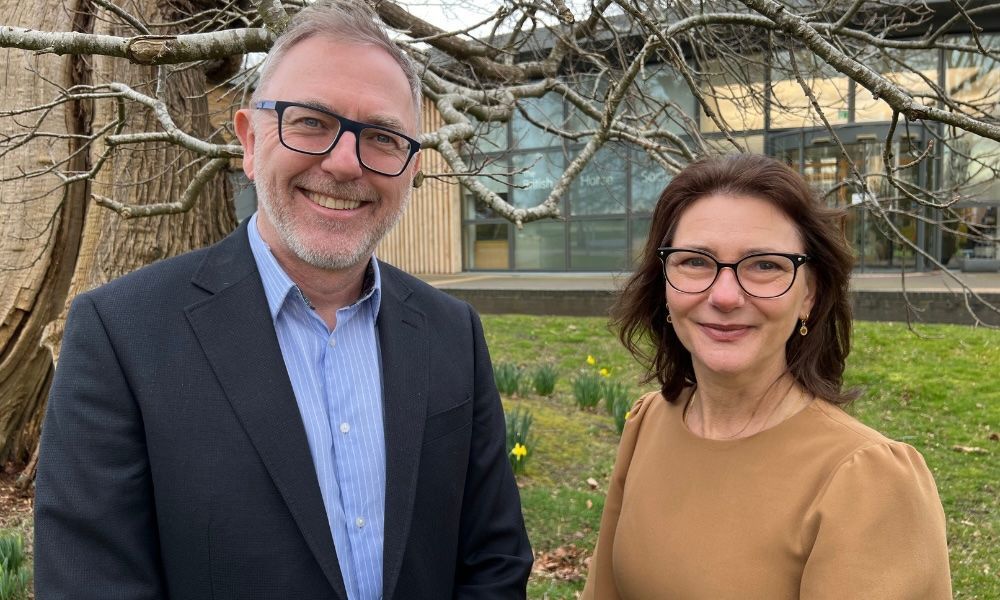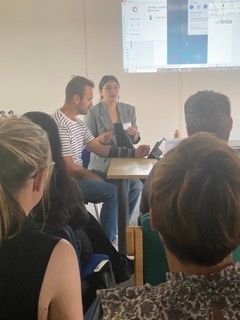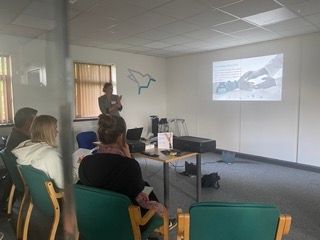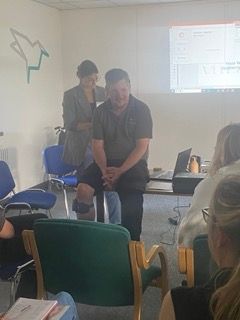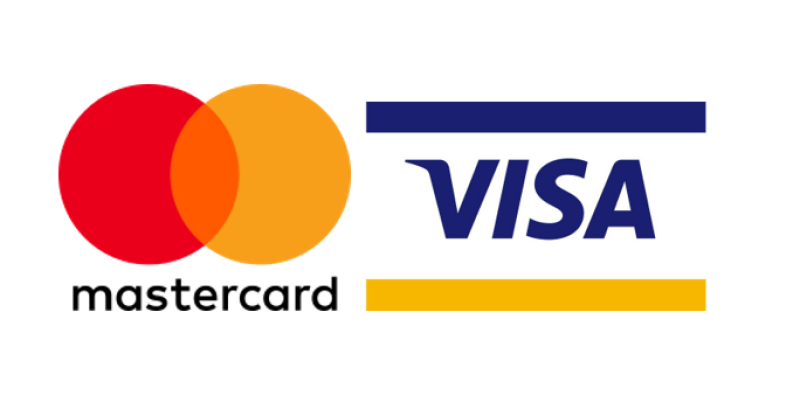Fesia Technology Workshop at MOTIONrehab
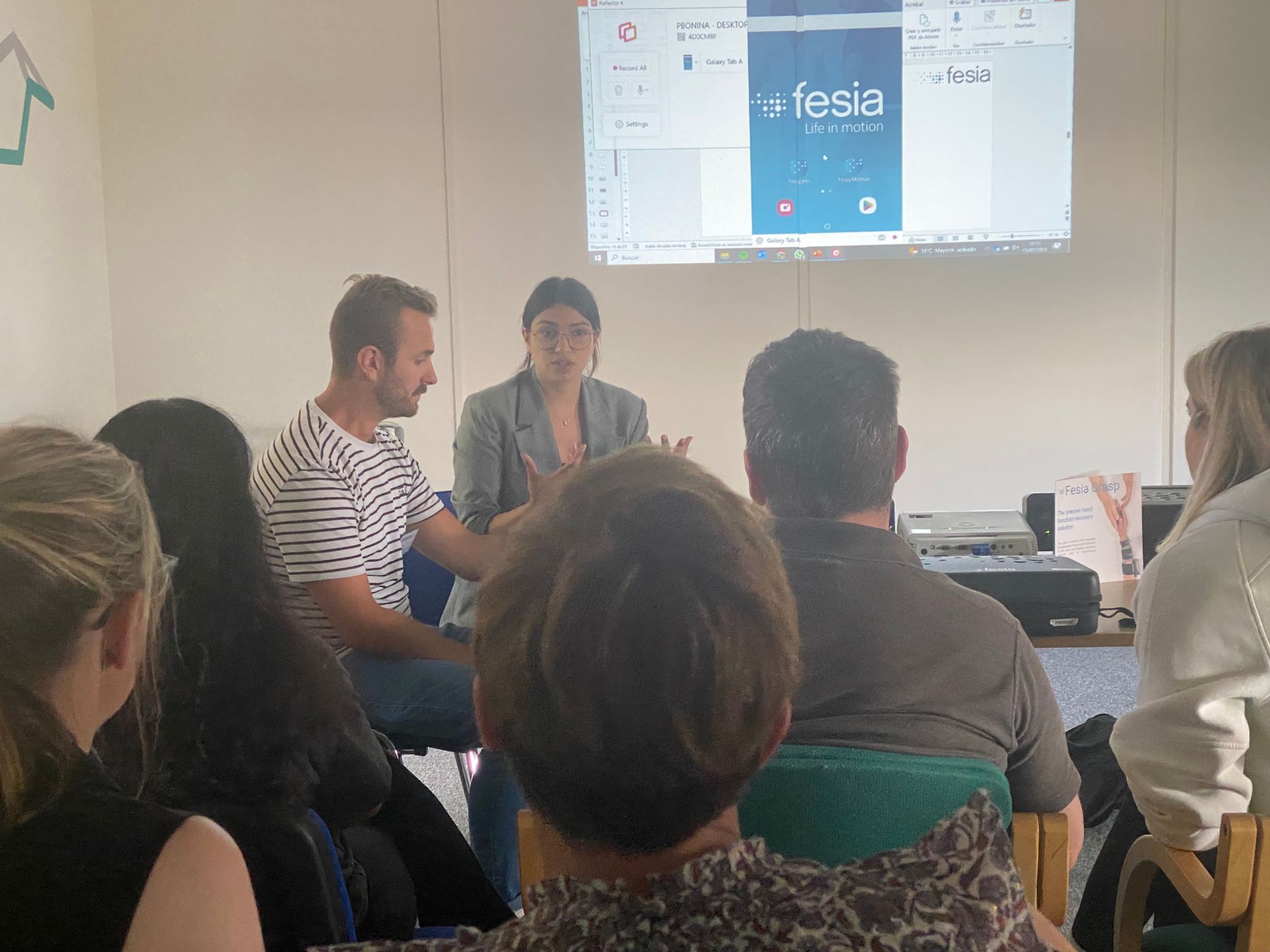
On Thursday 13th July Ectron held it's final workshop of the Fesia Roadshow at MOTIONrehab's Intensive Neurological Rehabilitation Centre in Leeds.
The workshop was led by Priscila Bonina Silva from Fesia Technology along with case studies from the UK. Specialist Neurological Physiotherapists and Occupational Therapists were able to see the Fesia Walk and Fesia Grasp in action and learn about the exciting developments that are coming in soon.
About Fesia Walk
Fesia Walk generates surface electrical stimulation of the posterior tibial and perineal nerves to trigger plantar and dorsiflexion in the corresponding gait phases. The main feature of Fesia Walk is its multi-field electrode which allows better selectivity of movement and shorter set-up times since it can automate the search for an optimal configuration.
4 movements, 1 electrode.
Fesia Walk covers both the tibial and peroneal nerves, allowing configuration of dorsiflexion, plantar flexion, eversion, and inversion. The high selectivity allows Fesia Walk to be used with a wide range of patients.
About Fesia Grasp
Fesia Grasp generates surface electrical stimulation to trigger flexion and extension of the wrist and fingers in order to regain the function of the hand. Its innovative technology solves usability problems of Functional Electrical Stimulation. Thanks to the multi-field FES technology, Fesia Grasp achieves a high-level precision in the stimulation.
Fesia Grasp addresses complex challenges such as hand function. Its optimal muscular selectivity makes Fesia Grasp truly a one of a kind device for hand rehabilitation. Uniquely, Fesia Grasp can stimulate up to 10 individual and 6 combined movements, all completely configurable in the easy to use Fesia Pro app.
For more information about these devices or to order the Fesia Grasp and Fesia Walk for your clinic, please email: enquiries@ectron.co.uk
Share this post
More Recent News

